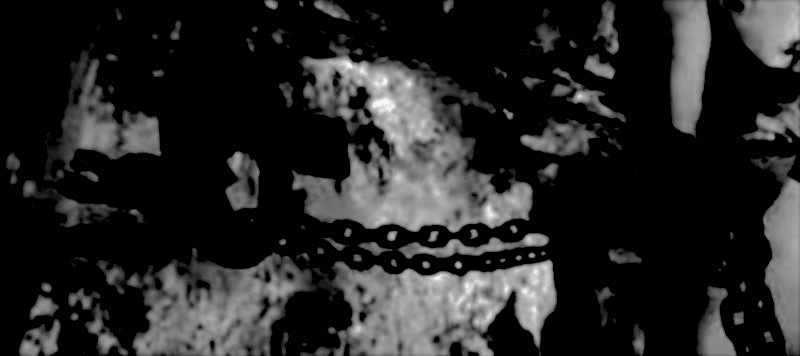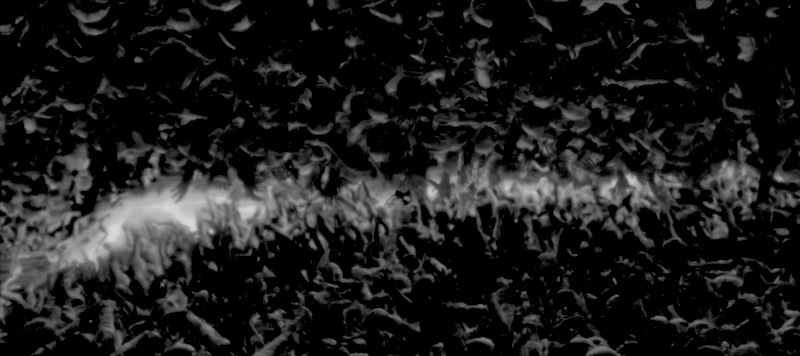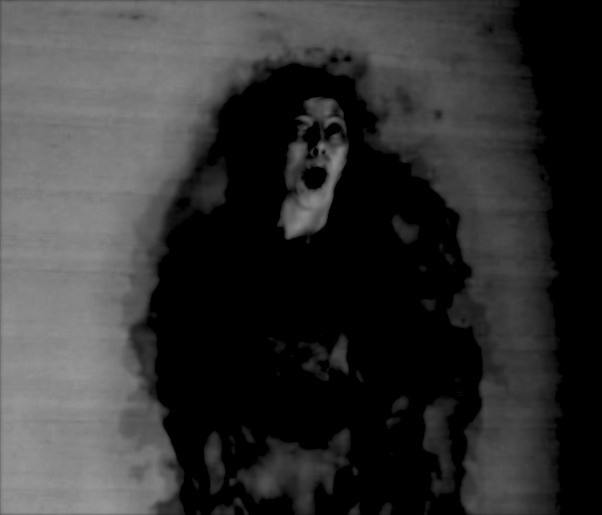What's the Difference Between Hell and the Underworld?

Think Hell and the pagan underworld are basically the same? This article will show you how different they really are.
Table of Contents
I. Overview
For the sake of argument, the word Hell is used throughout this article as an umbrella term for its popular Christian and Islamic conceptualization: a discrete realm in the afterworld largely inhabited by condemned human souls.
And for the sake of efficiency, the phrase pagan underworld is henceforth to be understood both collectively and in strict reference to the Greco-Roman and Norse underworlds. The author believes these cultures to be among the ones a Western audience is most likely to be familiar with.
At first glance, Hell and the pagan underworld look relatively similar. They’re both located somewhere below the surface of the earth, and they’re full of dead people—well, the souls of dead people, anyway. Even though this is basically true, when you take a look at them in greater detail, you see that they’re actually quite different.
The Major Difference
Of their differences, though, there is one in particular that is without question the most salient, but also the most important:
Whereas Hell is an abode for the damned, the pagan underworld is an abode for the dead.
In other words, the pagan underworld is not an exclusive repository for the souls of sinful, immoral or wicked people; rather, it is the place where all humans souls arrive after death, regardless of how they behave during their lives above ground.
Note: It is not the case that the underworld houses the souls of every single pagan that ever lived. There are rare exceptions, explained further down.
II. Hell: Abode for the Damned

The Islamo-Christian notion of Hell represents a spiritual realm of intense pain and suffering. It is regarded as being reserved for those who violate the moral commandments of the New Testament and the Qur’an during their lives upon the surface of the earth.
In Hell, the souls of sinners, evil-doers, immoralists and the depraved are subject to eternal punishment, the forms of which are generally described as being both physically and mentally agonizing.
Christians and Muslims have historically provided descriptions of the types of demons who reside in Hell, such as Abaddon and the Zabaniyya, whose primary responsibilities include tormenting the condemned. Abaddon’s go-to torture method, for example, involves commanding a swarm of scorpion-tailed locusts to attack his victims repeatedly.
Whether you envision Hell as a lake of fire, a maze of torture chambers or a place where you’re forced to complete the same meaningless task ad infinitum, the key point is this:
Hell is a place of punishment—an abode of eternal damnation.
III. Pagan Underworld: Abode for the Dead

Unlike Hell, the Greco-Roman and Norse underworlds are places where all human souls (i.e. not just those who have transgressed) are sent. At the time of your death, there is no judgement, moral evaluation or examination of how you conducted yourself in human society. You arrive in the underworld simply as a consequence of having died.
i) Hades (Pluto, Orcus, Dīs Pater, Tertius, Aita)
The Greco-Roman underworld (intended here, for purposes of brevity, as a combinatorial term for the Greek and Roman underworlds) takes its name from the Greek god Hades, who serves as its ruler. Originally separate chthonic deities, the Roman Orcus, Dīs Pater, Tertius and Pluto, as well as the Etruscan Aita, were increasingly conflated with Hades, such that any of their names can be used nowadays to denote both the ruler of the underworld and the location itself.
The realm of Hades is described as being neither blissful nor overtly horrific (cf. Heaven and Hell). What seems to be the case, however, is that its denizens endure a perpetual listlessness not necessarily unlike the kind that humans experience above ground. Most individuals depicted in the literature of antiquity are therefore discouraged by the thought of a one-way trip to the underworld; but at the same time, they are neither panic-stricken nor reduced to states of self-absorbed anxiety—that peculiar form of anxiety found among people who are terrified of the consequences of their actions (i.e. terrified of going to Hell).
Although the majority of ancient texts do not cast the pagan underworld in a favourable light, they don’t tend to present it unfavourably either. Their depictions of Hades as a discrete location do not even remotely resemble the common depictions of an Abrahamic Hell. In other words, based on their descriptions, the pagan writers of antiquity do not appear to have been quite as preoccupied with pain, guilt and sadism as Islamo-Christian writers were.
ii) Hel (Helheim)
The Norse underworld takes its name from the female supernatural being, called Hel, who rules over it. Like the Greco-Roman Hades, Hel is used to refer to both the individual and the location (the latter is also referred as Helheim to avoid confusion). Hel is located within Niflheim, a dim realm of primordial ice and cold. And finally, the term Niflhel has previously been used as a synonym for Hel, but is generally considered to be a part—possibly the deepest—of Hel itself.
Originally a place for those who die of old age and sickness, Hel’s eligibility requirements have been extended to all who do not die a valiant or heroic death. Once more, we see that the ideas of virtue and sin do not have any relevance here. Hel is depicted as being dull and somewhat bleak, but like in Hades, the consideration of personal qualities such as saintliness and wickedness is irrelevant. In short, it’s basically a lackluster realm full of mediocre souls.
IV. Rare Exceptions
Despite the overwhelming majority of souls ending up in Hades and Hel, it is worth mentioning that once in a blue moon someone manages to avoid spending an eternity in the pagan underworld.
i) Tartarus and Náströnd
Of all the pagan realms associated with the afterlife, the Greco-Roman Tartarus and the Norse Náströnd are the most similar to an Islamo-Christian Hell. This is because they are places of suffering, where souls are tormented and punished.
Tartarus is described as a black abyss as far below the earth’s surface as the earth’s surface is from the sky. The Olympians originally used Tartarus as a prison for the Titans. However, it also came to be used later on as quasi-dungeon for the divine punishment of those whom the gods deemed wicked.
Náströnd, roughly translated as the “Shore of the Dead,” is an area in Hel likewise associated with guilt and suffering. It is a place reserved for those guilty of what Norse society considered the three worst transgressions: murder, adultery and oath-breaking. On Náströnd, the dragon Nidhogg chews and sucks the blood from the corpses of the dead.
ii) Elysium, Valhalla and Fólkvangr
For both Greeks and Romans, Elysium (also referred to as the Elysian Fields and the Isles of the Blessed) is a mysterious realm reserved only for the truly exceptional. Admittance to Elysium is extremely rare, and those to whom it is granted are usually related to gods or heroes, or they’ve been handpicked by one of the Olympians.
Despite Elysium being a blissful place, it is not to be confused with the Abrahamic notion of heaven. This is not only due to the fact that access to Elysium is scarcely permitted, but also that it has absolutely nothing to do with virtuousness, morality, righteousness or anything of the sort.
Similarly, the Norse Valhalla and Fólkvangr, Odin’s and Freyja’s Hall and Field of the Slain, respectively, are reserved for a specific type of combatant. Right of entry into these places is granted only to Norse warriors who have died bravely in battle. Again, these realms have nothing to do with Islamo-Christian ideas of faith or piety.

By Marco Passaretti
Marco obtained his Master's degree in philology from the University of Cagliari. He has always been fascinated by the supernatural and maintains a strong appreciation for historically accurate occult fiction.





